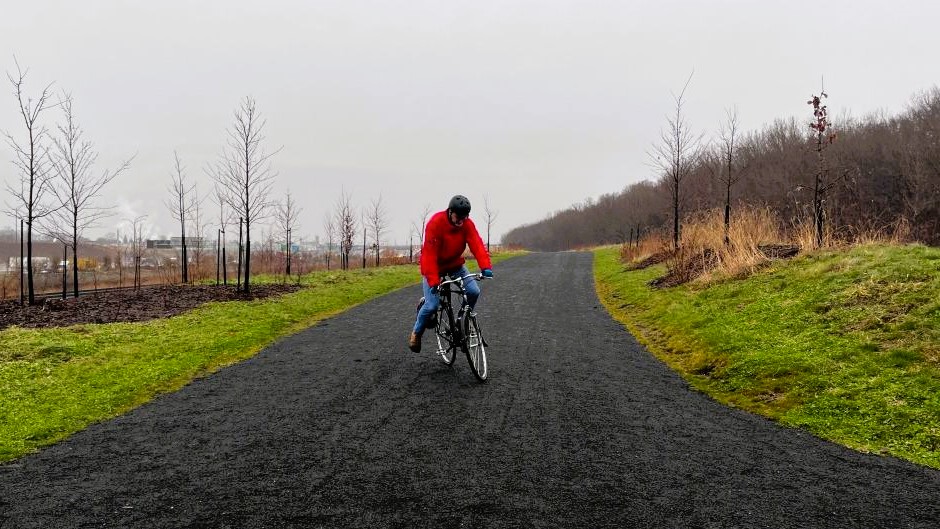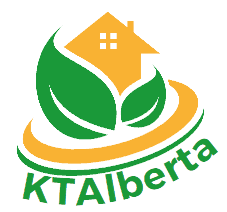As urbanization continues to reshape the landscapes of Alberta’s cities, the significance of urban ecology and the presence of green spaces have taken on a new level of importance. Balancing the demands of urban growth with the need to create sustainable and livable environments has led to a growing appreciation for the role that green spaces play in fostering ecological health, community well-being, and environmental sustainability.
Urban Ecology: Navigating Nature in Cities
Urban ecology is a multidisciplinary field that delves into the interactions between living organisms, including humans, and their urban environment. Alberta’s cities, such as Calgary, Edmonton, and others, are embracing the principles of urban ecology to create harmonious urban ecosystems that respect both the needs of residents and the health of the environment.
Green Spaces: The Heartbeat of Urban Ecology

Green spaces, which encompass parks, gardens, green roofs, and other vegetated areas, are the cornerstone of urban ecology. These areas provide a multitude of benefits that extend beyond their aesthetic appeal. In a bustling city, green spaces serve as lungs that filter air, mitigate heat island effects, and support biodiversity by providing habitats for native flora and fauna.
The Benefits of Green Spaces in Urban Areas
- Improved Air Quality: Green spaces act as natural filters, absorbing pollutants and releasing fresh oxygen, thereby contributing to cleaner and healthier air for urban dwellers.
- Biodiversity Support: Even within the concrete jungle, green spaces provide refuge for native species, promoting biodiversity and contributing to a more resilient urban ecosystem.
- Mitigating Heat Island Effect: The abundance of asphalt and concrete in urban areas leads to higher temperatures, a phenomenon known as the heat island effect. Green spaces counteract this by providing shade and cooling through evapotranspiration.
- Physical and Mental Well-being: Access to green spaces has been linked to improved mental health, reduced stress, and enhanced physical activity, contributing to a better quality of life for city residents.
- Community Cohesion: Green spaces serve as gathering places for communities, fostering social interactions, events, and a sense of belonging among residents.
- Flood Prevention: Properly designed green spaces can help manage stormwater, reducing the risk of flooding during heavy rains.
Challenges and Solutions

Balancing the development needs of a growing urban population with the preservation and creation of green spaces presents challenges. However, Alberta’s cities are taking steps to address these challenges through innovative urban planning, sustainable design, and community engagement. Initiatives such as green roof installations, urban gardens, and converting vacant lots into pocket parks showcase the commitment to incorporating nature into the urban fabric.
A Greener Future for Alberta’s Cities
Alberta’s cities are proving that urbanization and ecological consciousness can coexist. By integrating green spaces into urban planning, fostering community involvement, and prioritizing sustainability, these cities are not only enhancing the lives of their residents but also ensuring a healthier and more vibrant environment for generations to come. The harmonious coexistence of humans and nature is not just a vision—it’s a reality being cultivated in the heart of Alberta’s urban centers.
